With the arrival of the Galaxy S25 Edge already official, Apple fans are now eyeing the rumored iPhone 17 Air. While some speculation has me excited, like the presence of a ProMotion OLED screen and an A19 chip on the slimmest iPhone, I'm a bit concerned about its camera and battery performance.
The iPhone 17 Air is said to be Apple's thinnest iPhone ever. Currently, that title rests with the iPhone 6 (with a 6.9mm thin chassis). However, the iPhone Air will be even slimmer, measuring 5.5mm at its thinnest, excluding the camera bump (via Ming-Chi Kuo).
Chinese tipster Ice Universe claims that the iPhone 17 Air will feature a 4.0mm camera bump, implying that it could measure 9.5mm at the thickest point.
Speaking of the camera, it is expected to reside in a pill-shaped horizontal housing at the top of the back panel (similar to what we've seen on the recent Google Pixel smartphones), as claimed by tipster Majin Bu. A report by MacRumors states that all models in the iPhone 17 lineup will use an aluminum frame, except for the iPhone 17 Air, which may feature a titanium frame.
At first, this may sound counterintuitive, but aluminum's lower carbon footprint could help Apple achieve its goal of carbon neutrality by 2030. Meanwhile, carving a titanium frame for the iPhone Air could enhance its rigidity and in-hand feel (and bring parity with the Galaxy S25 Edge).
Bloomberg's Mark Gurman claims that the super-thin iPhone will feature the Camera Control button (as seen on the latest iPhone 16 lineup) and a USB-C port at the bottom (toward the back panel instead of the center).
The handset is also said to feature the programmable Action Button, as seen in the pictures of the iPhone 17 dummies shared by Australian leaker Sonny Dickson. Last but not least, the Naver (Korean blog) user "yeux1122" claims that the iPhone 17 Air will weigh about 145 grams.

First, the super-thin iPhone is said to have a 6.55-inch screen (which could be marketed as a 6.6-inch screen), according to a report by 9to5Mac that cites Display Supply Chain Consultants analyst Ross Young. Kuo also corroborates the 6.6-inch screen size, which could make it bigger than the display on the standard and the Pro iPhones in the lineup.
What's interesting is that the handset is rumored to use Samsung's M14 OLED panel, the one that powers the ProMotion display (LTPO panel with variable refresh rate) on the iPhone 16 Pro models.
There has been some chatter about the non-Pro iPhones getting a 120Hz fixed refresh rate LTPS screen, according to a Chinese tipster.
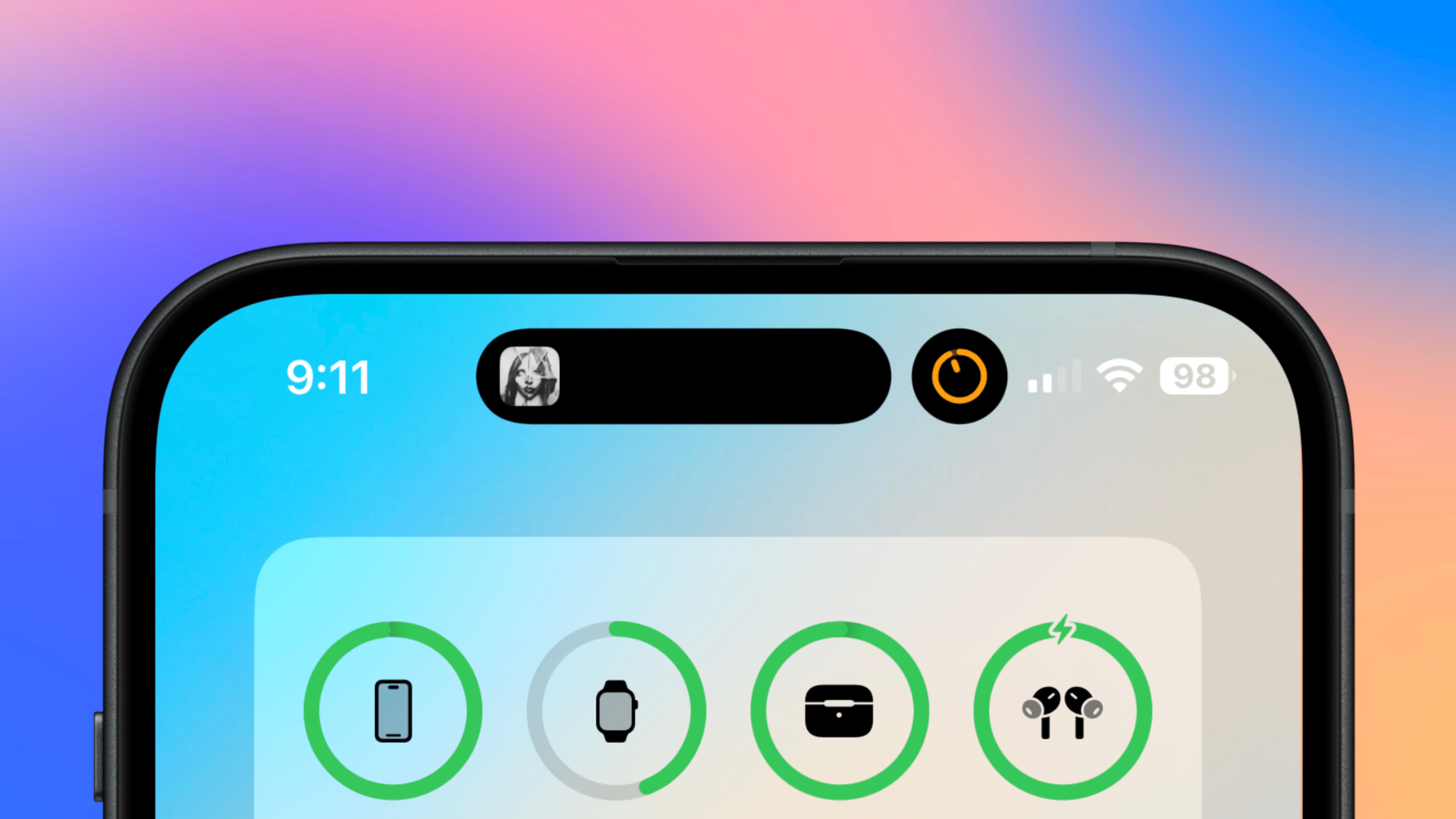
I believe that including a ProMotion screen on the iPhone Air would make much more sense, as it would help preserve battery life by switching to 1Hz when viewing static content or in always-on mode, as opposed to a panel locked at 120Hz.
The sleekest iPhone should also retain the Dynamic Island from the recent iPhones, but sources seem to be divided on its width. While analyst Jeff Pu believes that Apple could utilize metalens technology for the Face ID system on all iPhone 17 models (via 9to5Mac) to reduce the thickness of the Dynamic Island, Kuo doesn't expect the pill-shaped cutout to change at all.
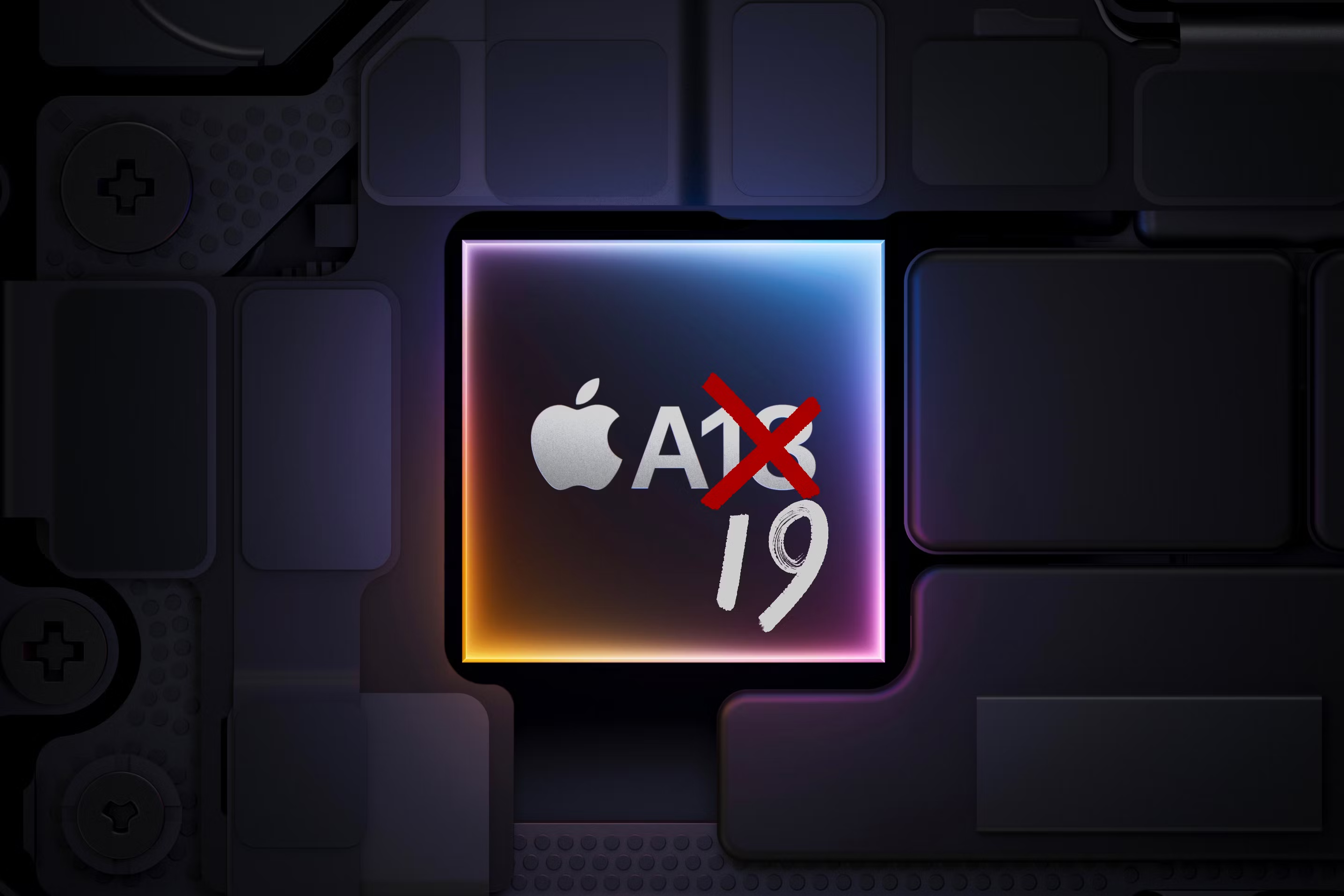
Back in the day, Apple used to power its regular and Pro iPhones with the same chip. Take the iPhone 12 and the iPhone 12 Pro as examples: both feature the A14 chip. However, beginning with the iPhone 14 series, the company started equipping the Pro iPhones with more powerful chips, giving buyers a clear incentive to upgrade.
Last year, the Cupertino giant released two new chips based on TSMC's N3E (3nm) fabrication technology: A18 (for the iPhone 16 and iPhone 16 Plus) and A18 Pro (for the iPhone 16 Pro models). If Apple sticks to its plan, we should see two new processors later this year: the A19 and the A19 Pro.
Contrary to this, a MacRumors report citing a research note shared by Jeff Pu suggests that the standard iPhone 17 may borrow the A18 chip from the iPhone 16, while the iPhone 17 Air may debut with a new A19 chip.
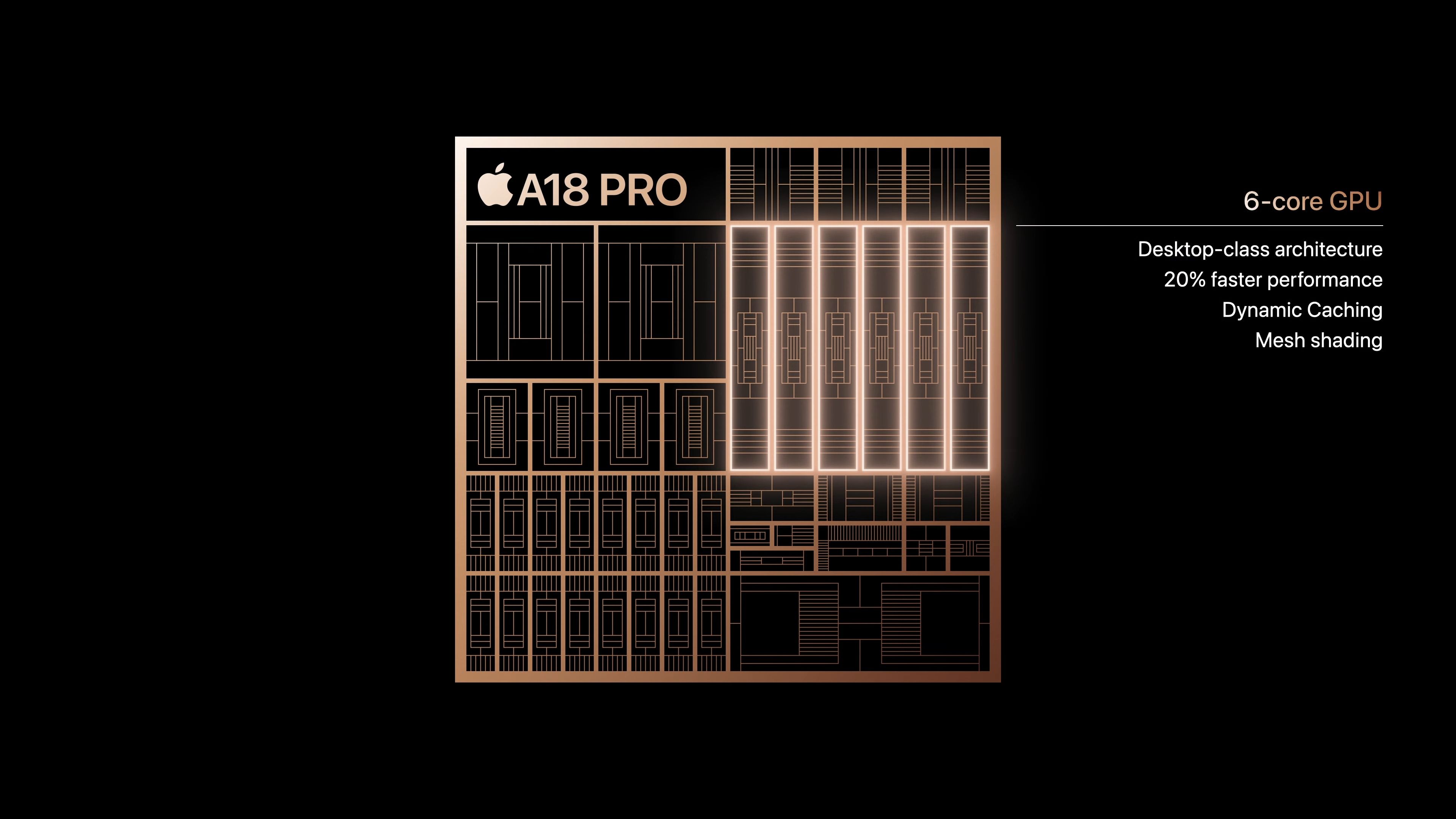
Although we don't know the extent of CPU or GPU upgrades the A19 chip might offer, it is said to be based on TSMC's third-generation 3nm fabrication process called N3P (which should unlock higher clock speeds and improve efficiency).
If I were to speculate, the standard A19 chip should provide a modest performance improvement over the A18 Pro chip on the iPhone 16 Pro (somewhere around 10 to 15% better scores in synthetic benchmarks).
Besides the processor, memory could be another difference between the regular and Air iPhones. Per Kuo, at least three variants in the iPhone 17 lineup may feature 12GB of RAM (mostly to accommodate all the Apple Intelligence features), including the ultra-thin iPhone and the two Pro models.
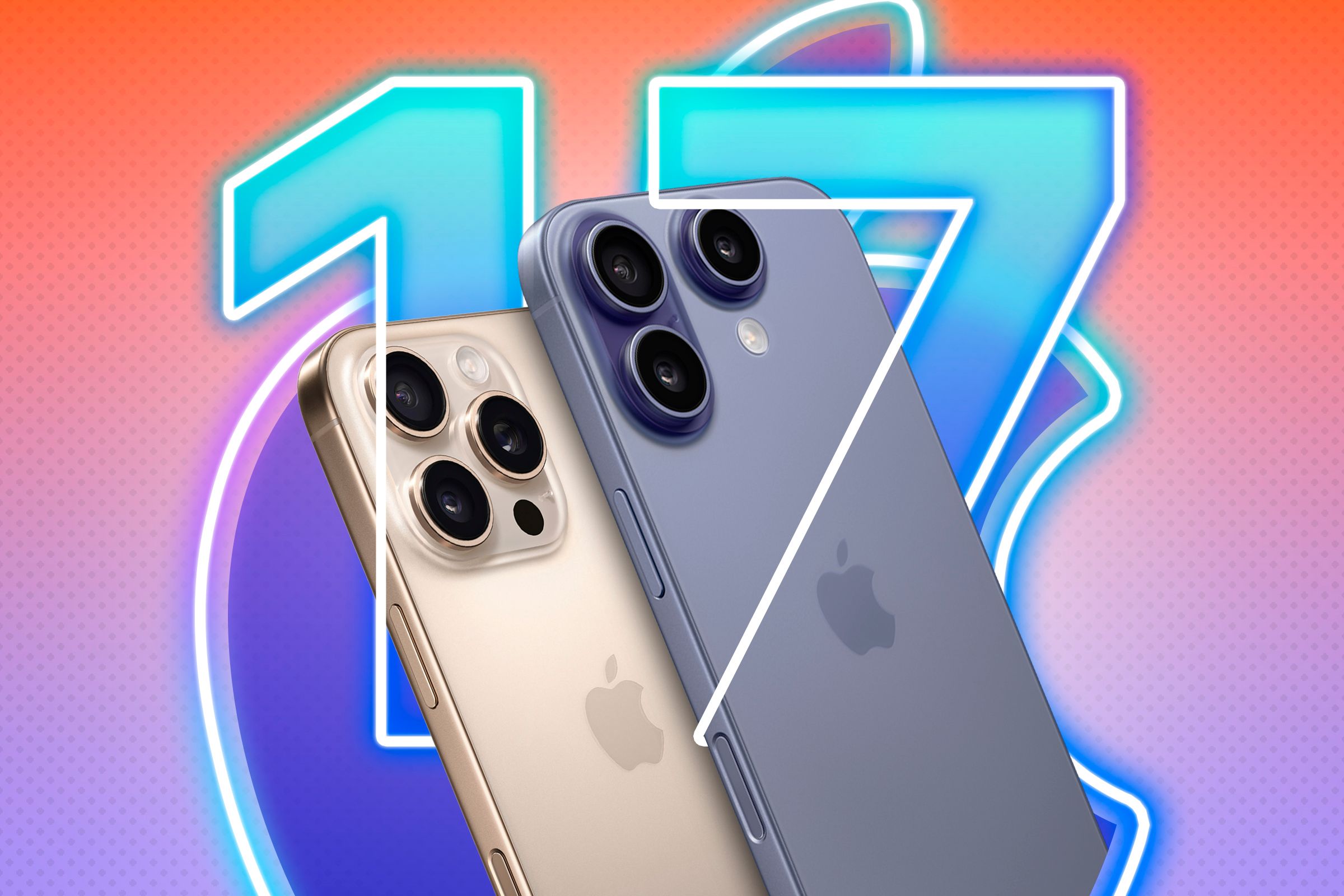
6 Things Apple Must Add to the iPhone 17 or I'm Not Upgrading
Getting me to upgrade this year is going to require some changes.
From what it looks like, Apple could use the performance advantage to sell more iPhone 17 Air units.
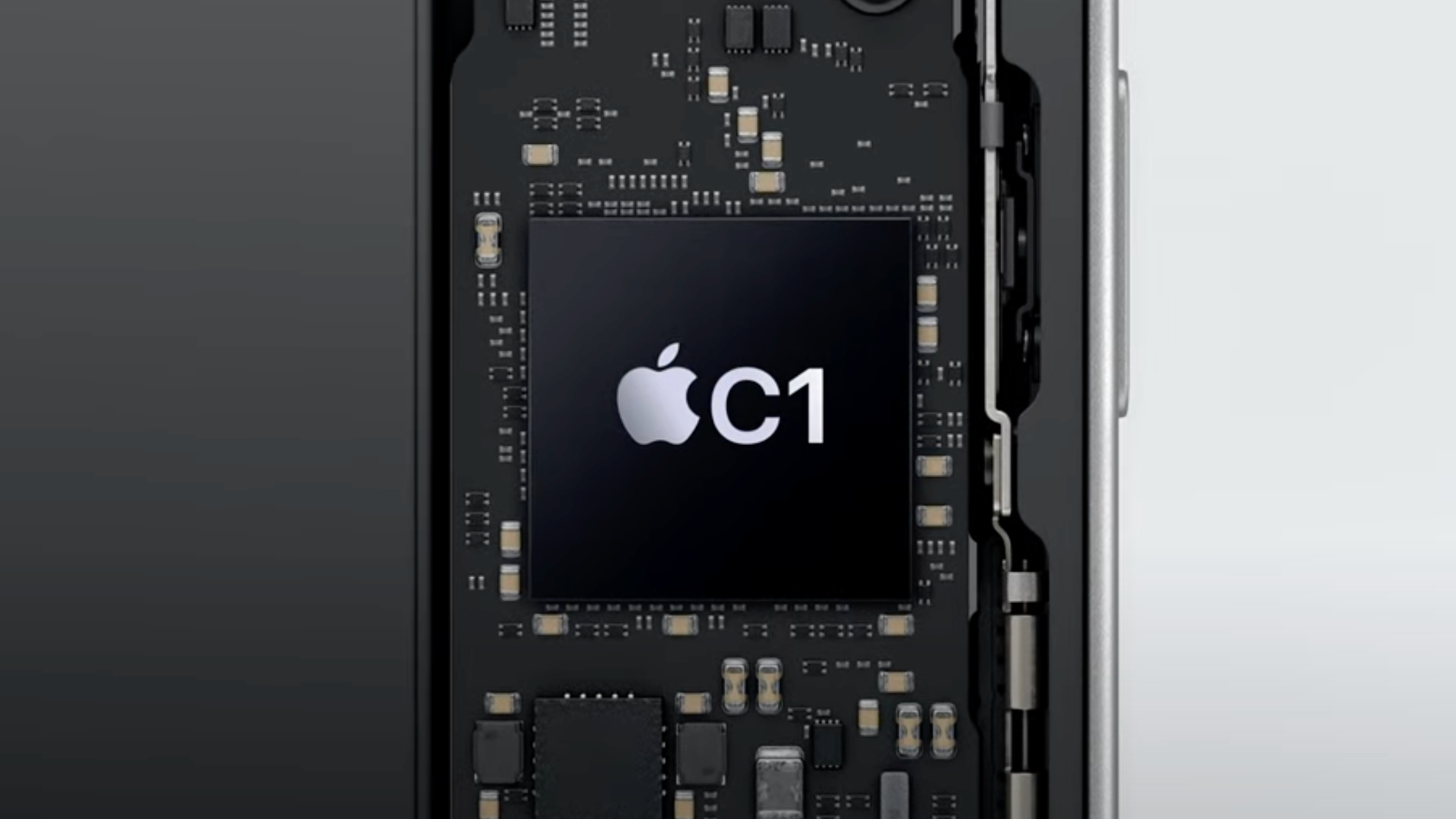
In February 2025, Gurman (in December 2024) and Kuo (in July 2024) collectively stated that Apple's slimmest iPhone would use the in-house C1 modem, the one that debuted with the iPhone 16e.
According to Apple, the C1 subsystem is the power-efficient cellular chip in an iPhone, which could help the iPhone 17 Air conserve battery while browsing via mobile data or making a voice call. However, the modem only supports sub-6 GHz 5G connectivity.
In February 2025, Kuo also claimed that all iPhones in the iPhone 17 lineup will utilize Apple's custom Wi-Fi chip, which may support Wi-Fi 7, as part of the company's plans to transition from the Broadcom Wi-Fi and Bluetooth chips currently used in iPhones.
Developing a Wi-Fi chip will give the company more control over its cost, configuration, and optimization. Another connectivity-related change coming to the ultra-thin iPhone is the removal of the physical SIM card slot, i.e., the slimmest iPhone might be eSIM only.
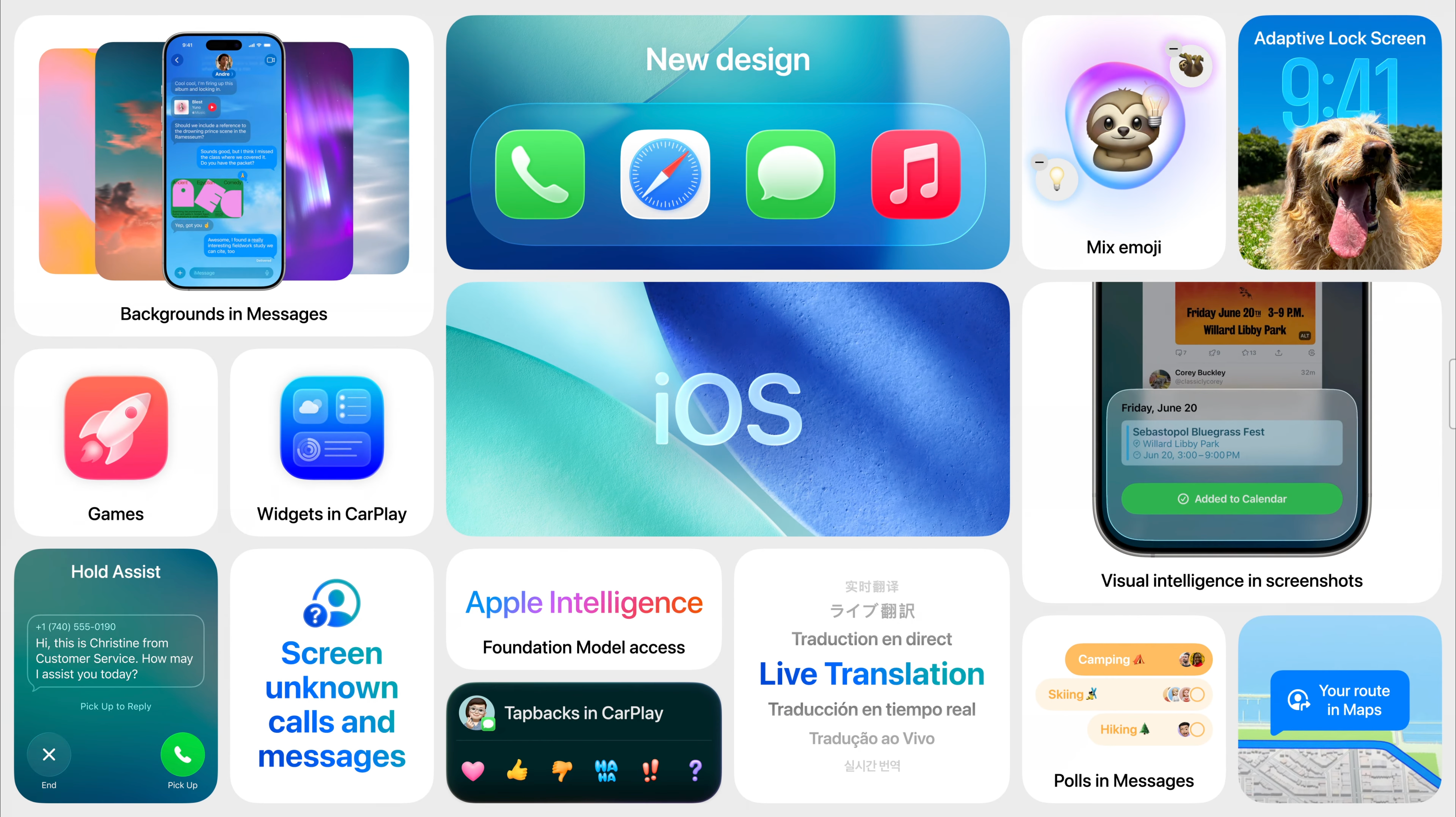
Thanks to the Worldwide Developers Conference 2025, we already know about the operating system that will power the iPhone 17 lineup: iOS 26.
Yes, Apple has skipped five version numbers in favor of iOS 26, as it is standardizing the naming convention by moving to years (and aligning the version with its calendar year). Besides the name, it is the Liquid Glass design language that's the center of attraction.
The Liquid Glass design largely consists of translucent user interface layers that each behaves as if they were made of glass. The layers, when stacked on top of one another, also exhibit the properties of reflection and refraction as if they were made of real-world glass.
With iOS 26, Apple has added elements across the board, such as floating on-screen elements like menus, a glassy lock screen clock (with dynamic sizing), Call Screening and Hold Assist in the native Phone app, Live Translation in the Messages app, an overhauled CarPlay with the Liquid Glass design, so on and so forth.
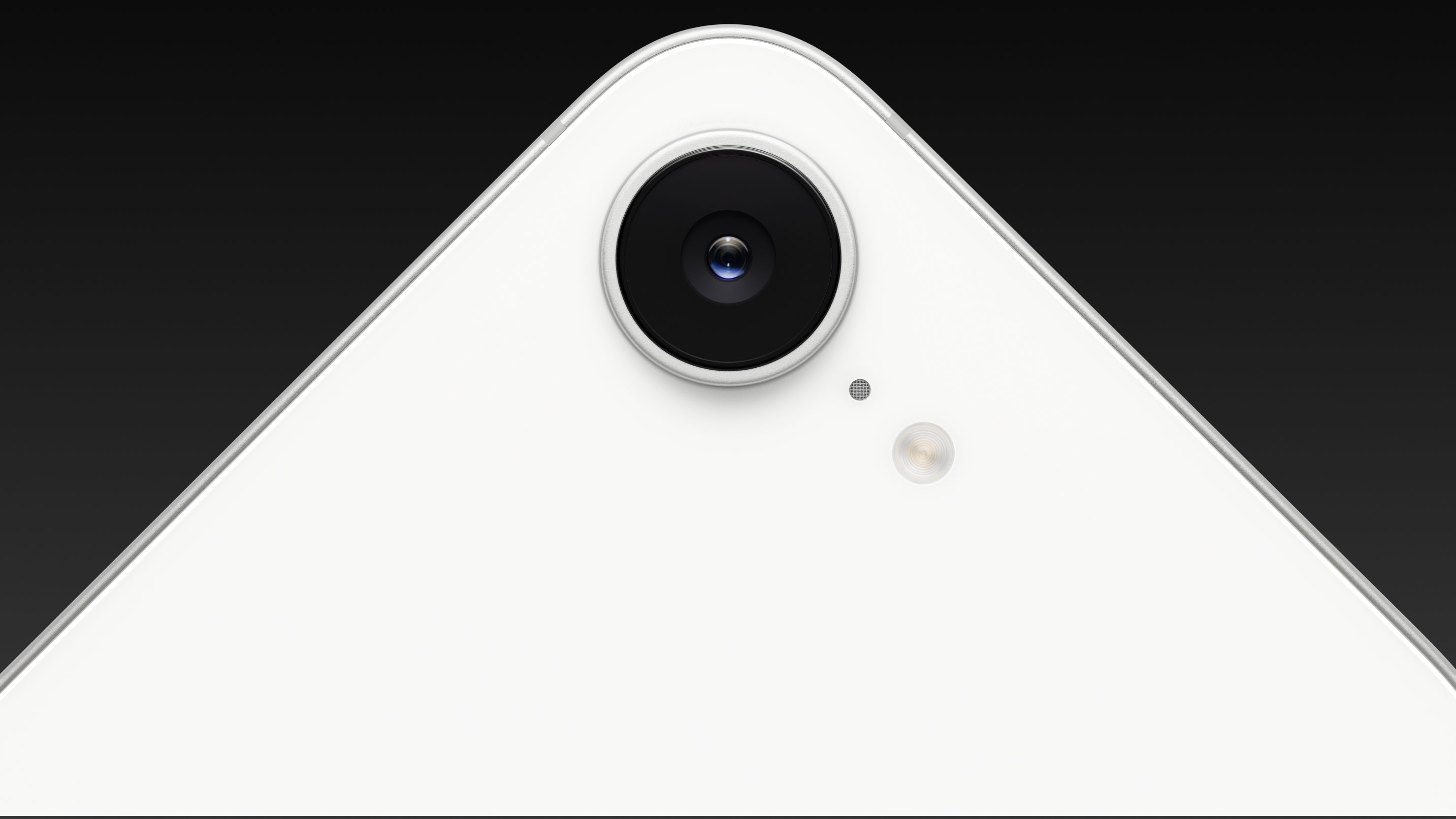
Multiple sources, including an Instagram reel by WEIS Studio, a YouTube video from the popular channel Front Page Tech, and a CAD render shared by leaker Majin Bu, all point toward a horizontal camera bump on the iPhone 17 Air, housing a single camera lens.
As seen in videos and renders, the camera bar features the lens on the left, while the microphone and LED flash module are positioned on the right. In October 2024, Jeff Pu (via a MacRumors report) claimed that the slim iPhone 17 would feature a single 48MP rear-facing camera, and that has been the collective opinion ever since.
You'd get lossless in-sensor crop (2x) and fantastic video stabilization, but you won't be able to zoom out in case you need to capture a group picture. So, if you're someone who captures a lot of ultrawide pictures, the thinnest iPhone could be disappointing for you.
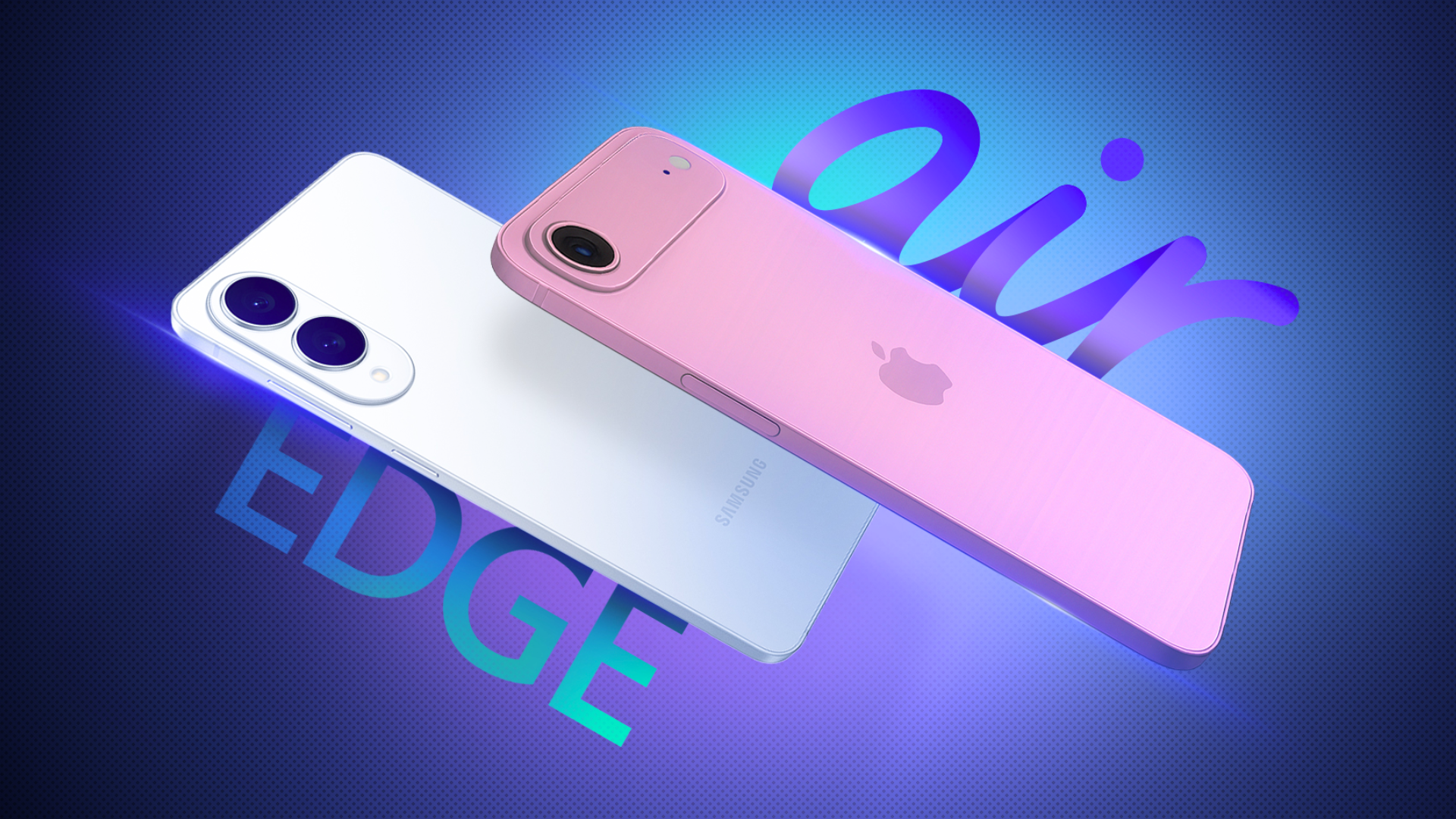
Most recently, I commended Samsung for equipping its super-thin flagship, the Galaxy S25 Edge, with a dual-rear-facing camera setup (200MP + 12MP), and, unfortunately, the iPhone 17 Air's camera may lack this versatility.
However, you should still get all the other features, including Photographic Styles, portraits with focus and depth control, Cinematic Video, Dolby Vision recording, and many more. On the front, the thinnest iPhone 17 may feature a 24MP camera, up from the 12MP sensor found on the iPhone 16 lineup.
According to a report by The Information, the iPhone 17 Air will feature a single speaker in the earpiece; you might not get a dual-speaker setup after all. This will most certainly result in a reduction of the loudness and fullness of sound from the speaker.
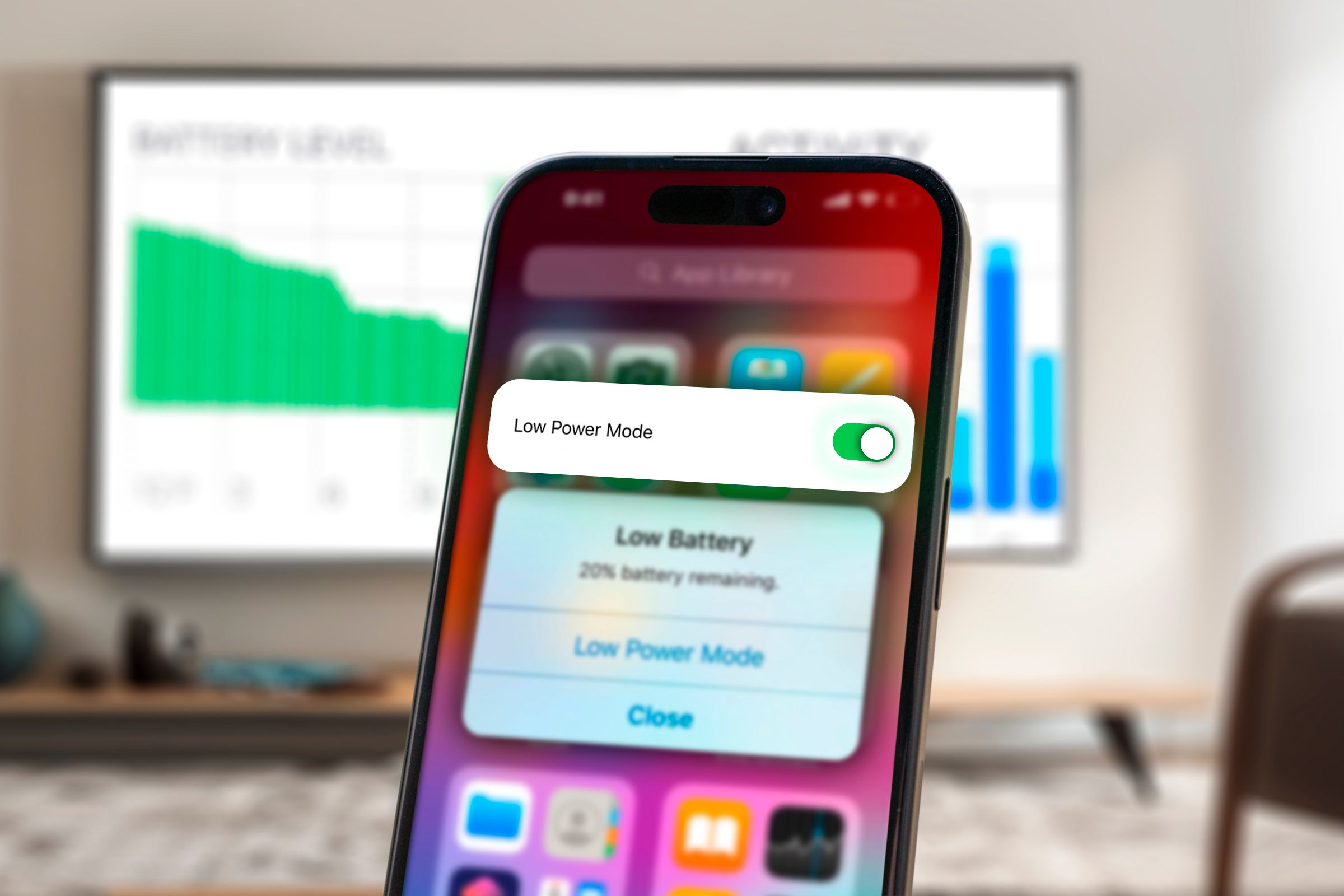
Last month, The Information reported (citing Apple's internal tests) that only 60 to 70% of iPhone 17 Air customers will be able to use the phone for a day without needing to recharge it. For other iPhones, this number is around 80 to 90%.
Though I don't remember a day I didn't have to plug in my iPhone 16 before sleeping to finish off the digital chores at the end of the day, the iPhone 17 Air's battery situation could be even more concerning, especially for heavy users like me. To solve the issue, Apple could release battery cases for the slim iPhone (last seen for the iPhone 11 lineup).
The leaker "yeux1122" says (via a blog post on Naver) that the iPhone 17 Air will feature a 2,800 mAh battery. However, Apple is also said to use a high-density, silicon-anode battery (according to Ming-Chi Kuo and Bloomberg, respectively), which could increase the effective usage time by 15-20% (when compared to a regular 2,800 mAh battery).
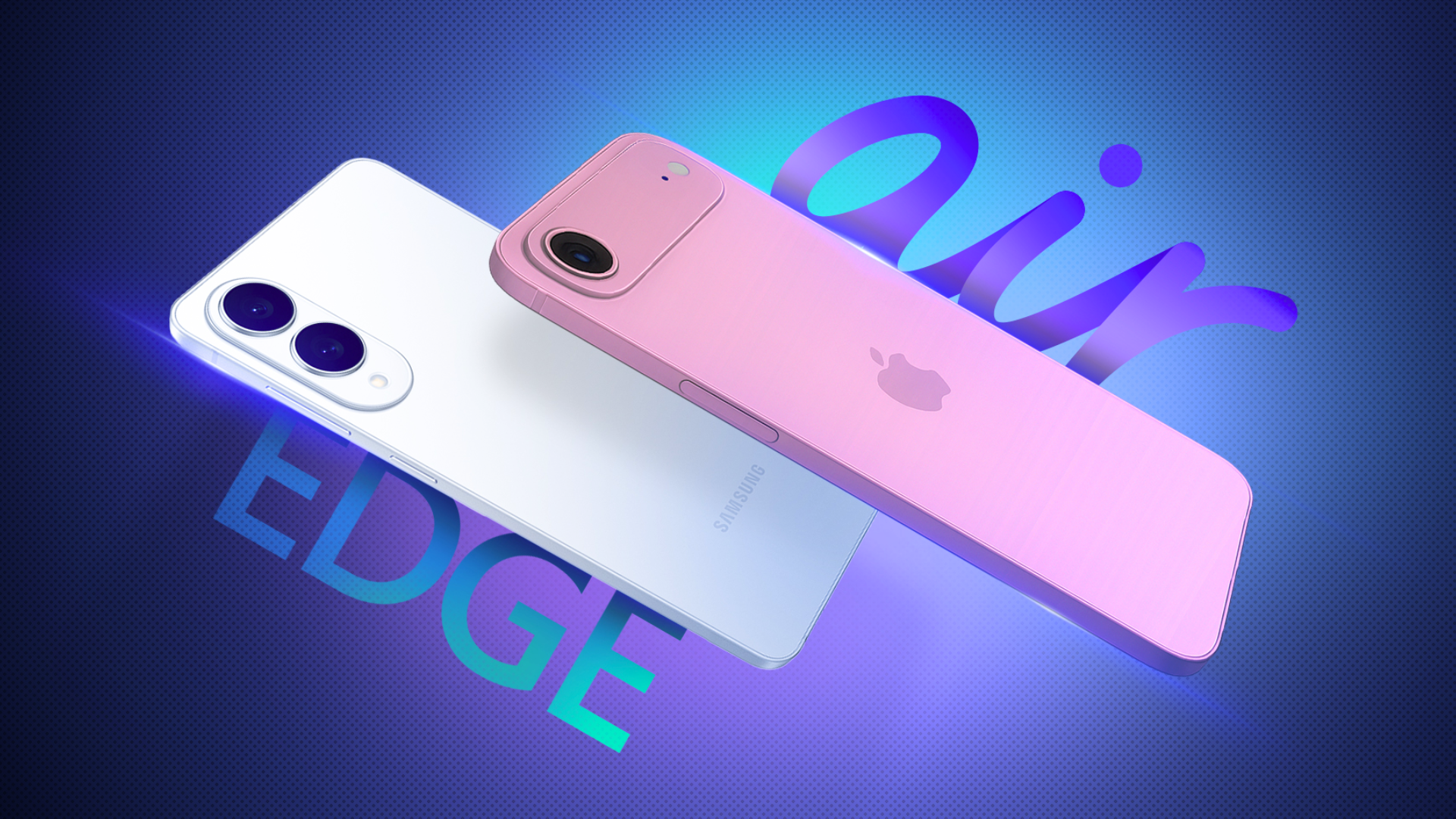
How the Ultra-Thin iPhone Air Could Avoid the Galaxy Edge's Biggest Problems
The iPhone 17 Air might be a better deal than the Galaxy S25 Edge, provided Apple solves these problems.
Per Dickson (mentioned earlier in the article), the purported iPhone could also feature the MagSafe charging infrastructure (including the wireless charging coil and the magnetic rings).
Apple might price the slimmest iPhone between the standard and the Pro version, or similar to the current iPhone 16 Plus (whose baseline variant costs $899). The Pro and the Pro Max, on the other hand, could cost $100 more than the current versions.
-
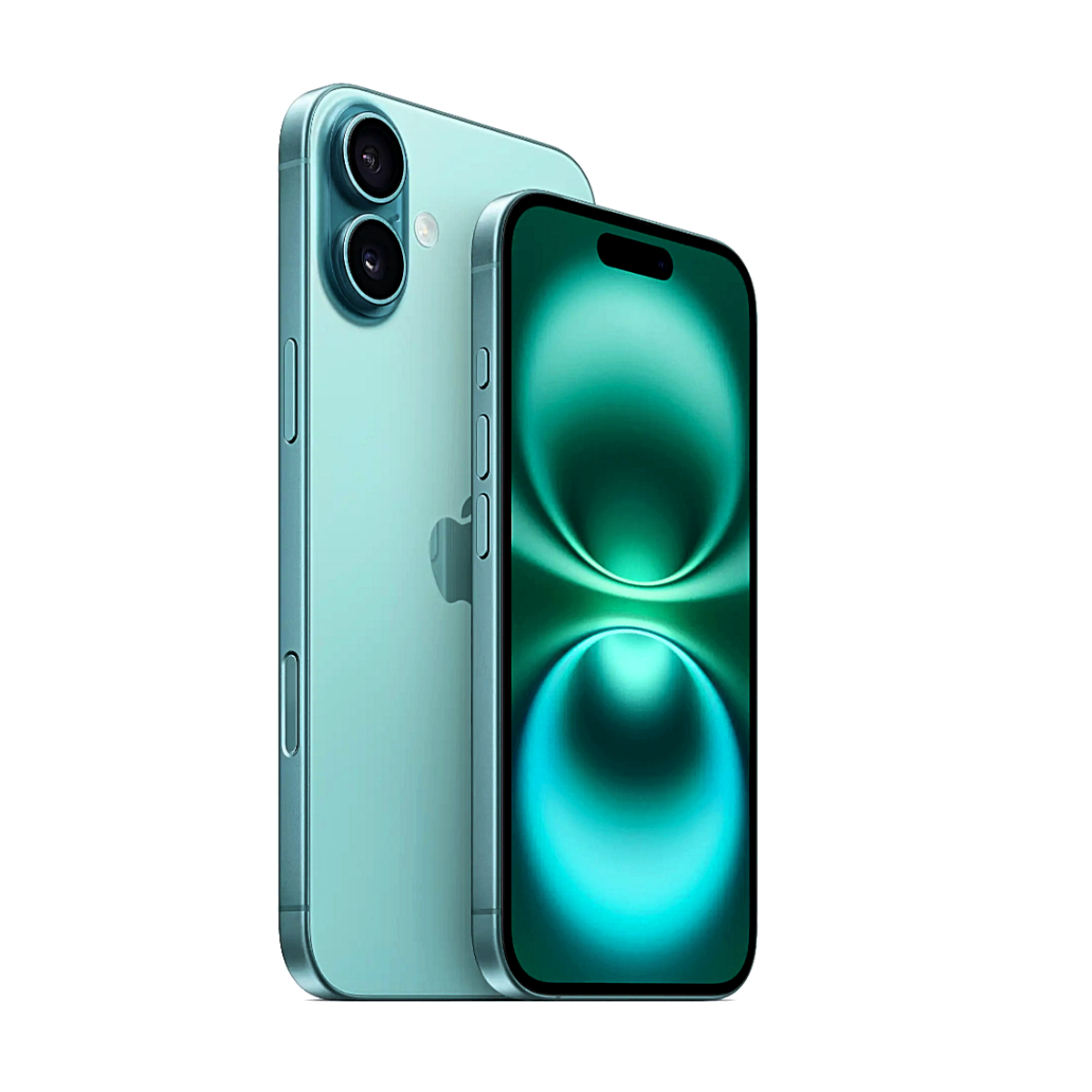
Apple iPhone 16
Apple's newest iPhone featuring a camera button, programmable action button, and artificial intelligence features.
-
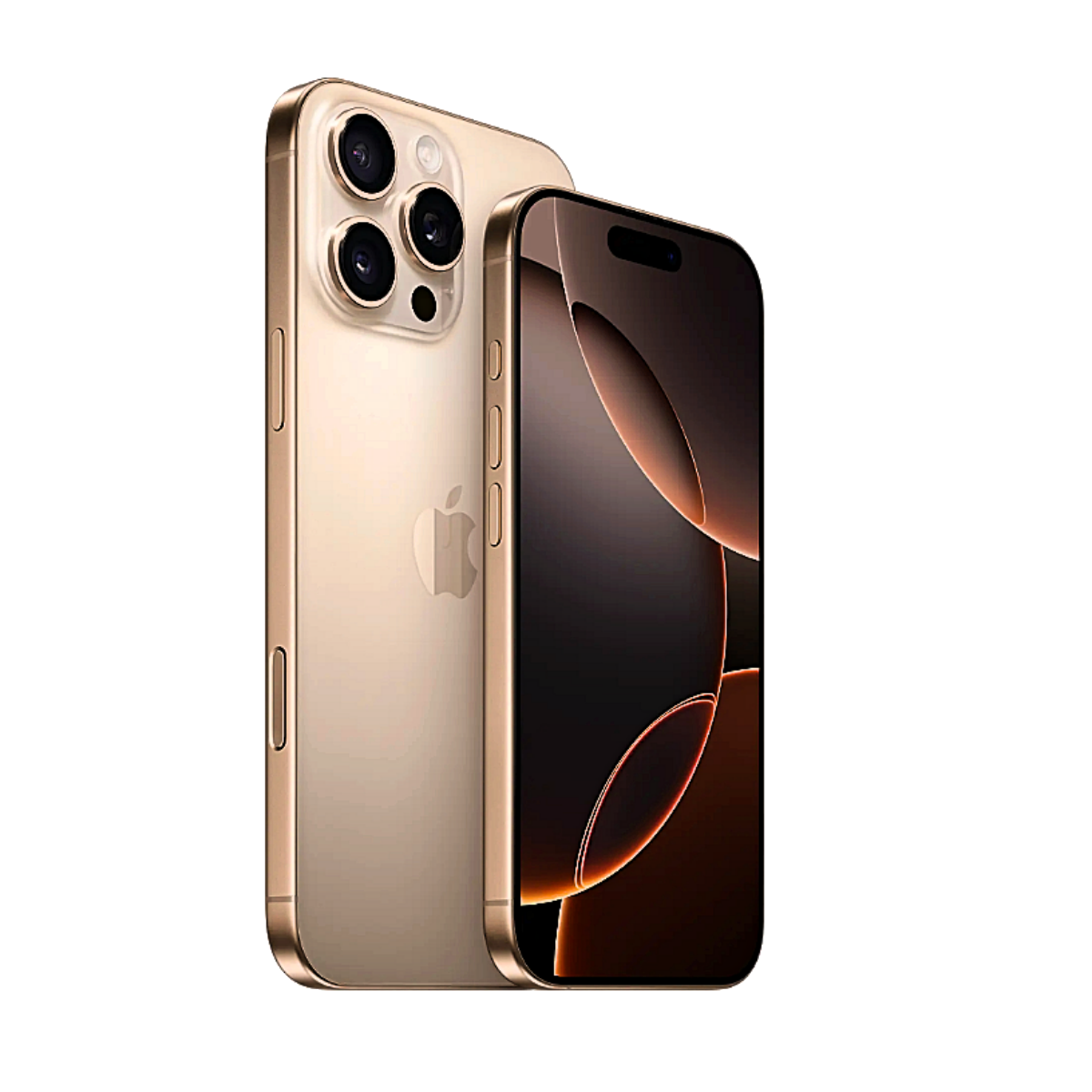
Apple iPhone 16 Pro
- A18 Pro
- 2,622 x 1,206 resolution (460 ppi)
A version of Apple's newest iPhone with a larger screen featuring a camera button, a programmable action button, and artificial intelligence features.
In terms of design, in-hand feel, display quality, and performance, the iPhone 17 Air looks set to be an exciting development. However, I'm skeptical about how potential customers would feel about its camera and battery life.
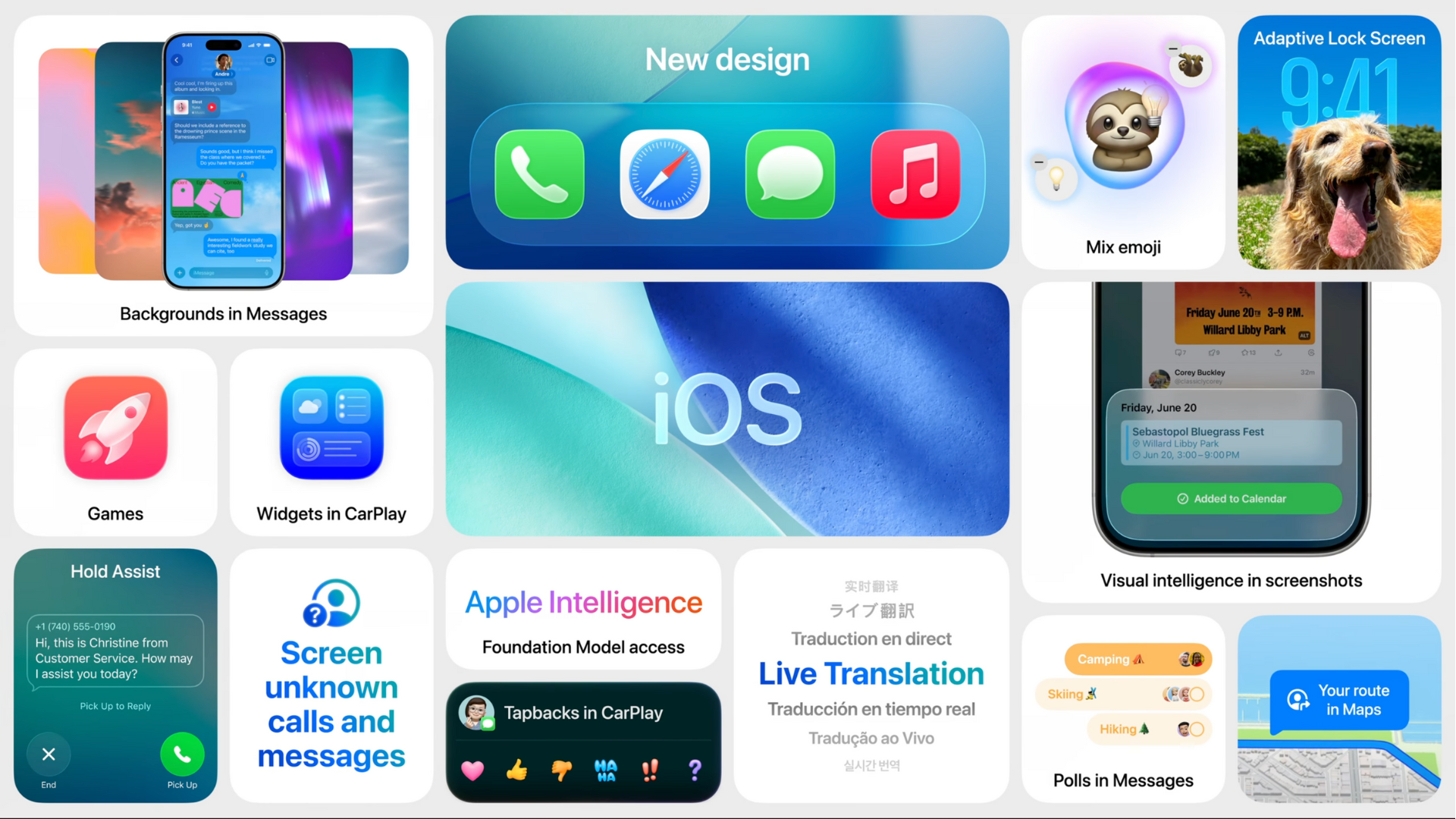




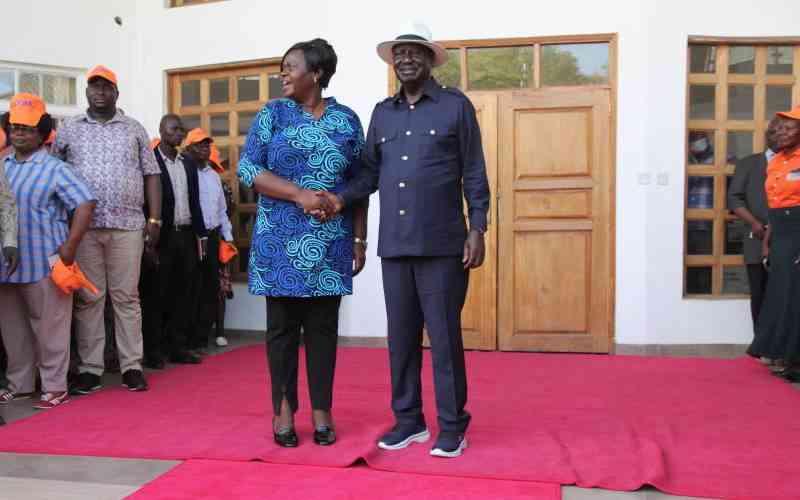






:max_bytes(150000):strip_icc()/062626-early-prime-day-deals-soc-ac46dadb0a254c4782bd40910af4bb33.jpg)